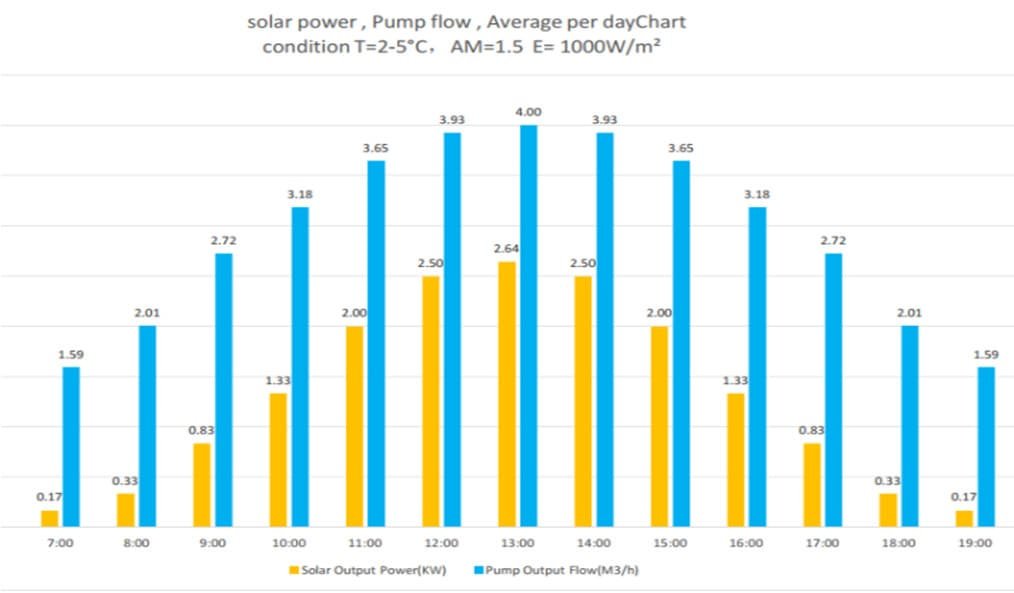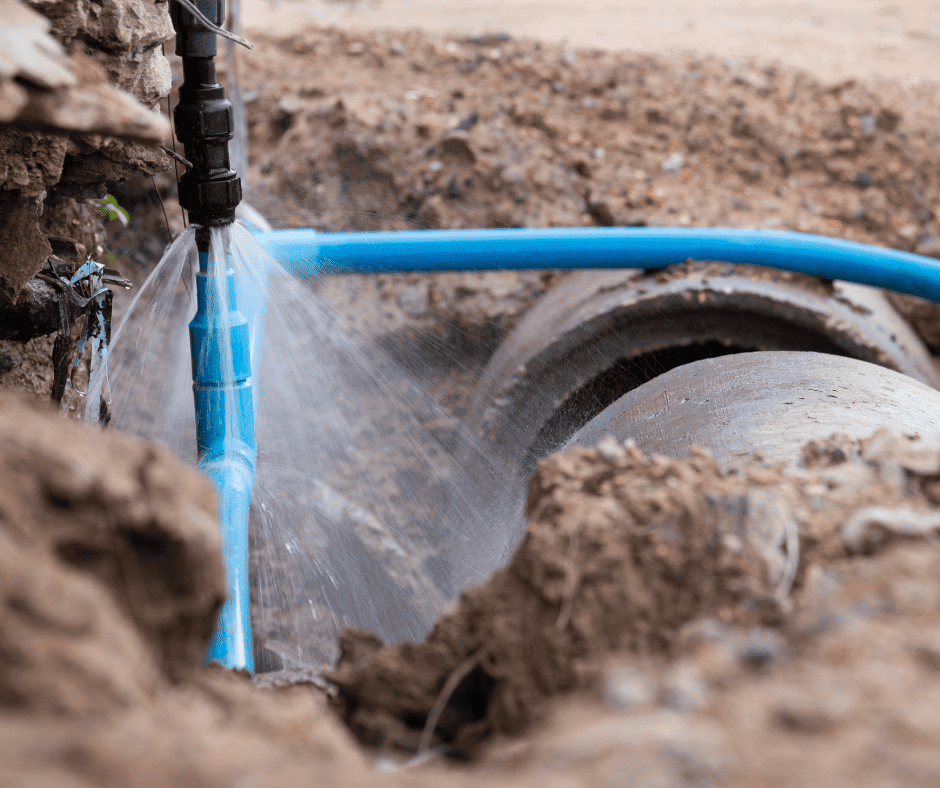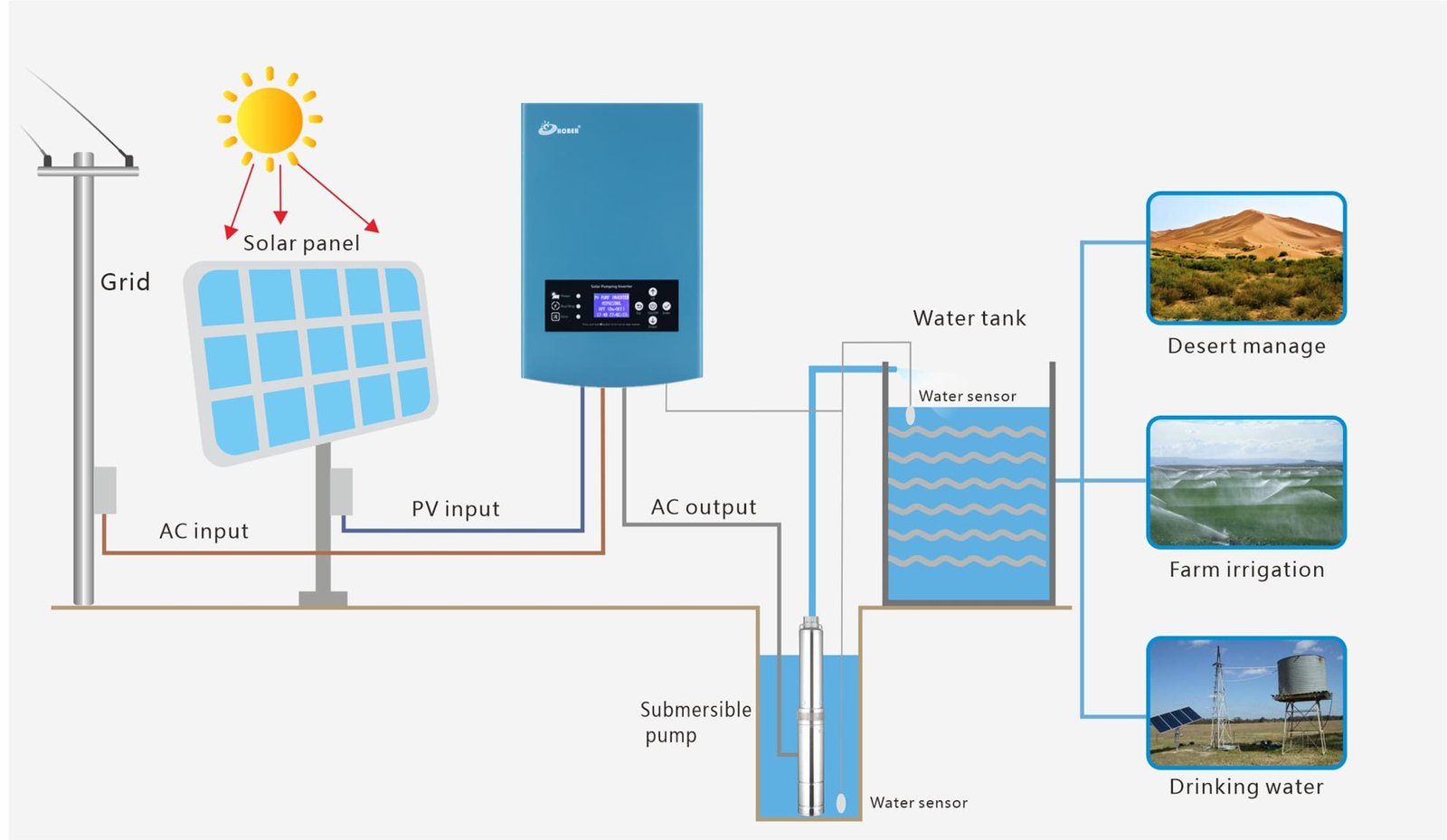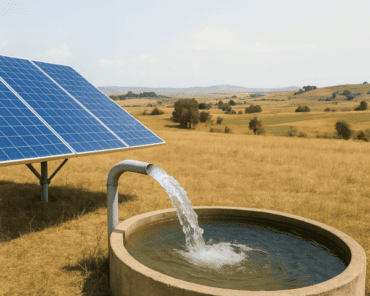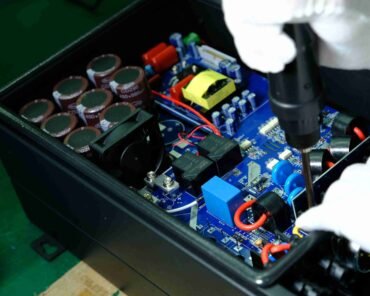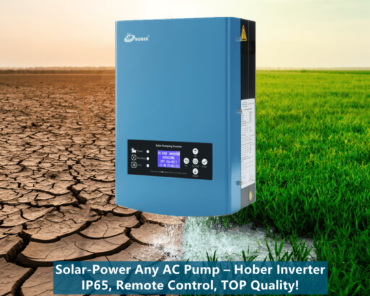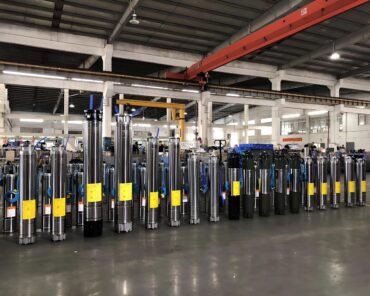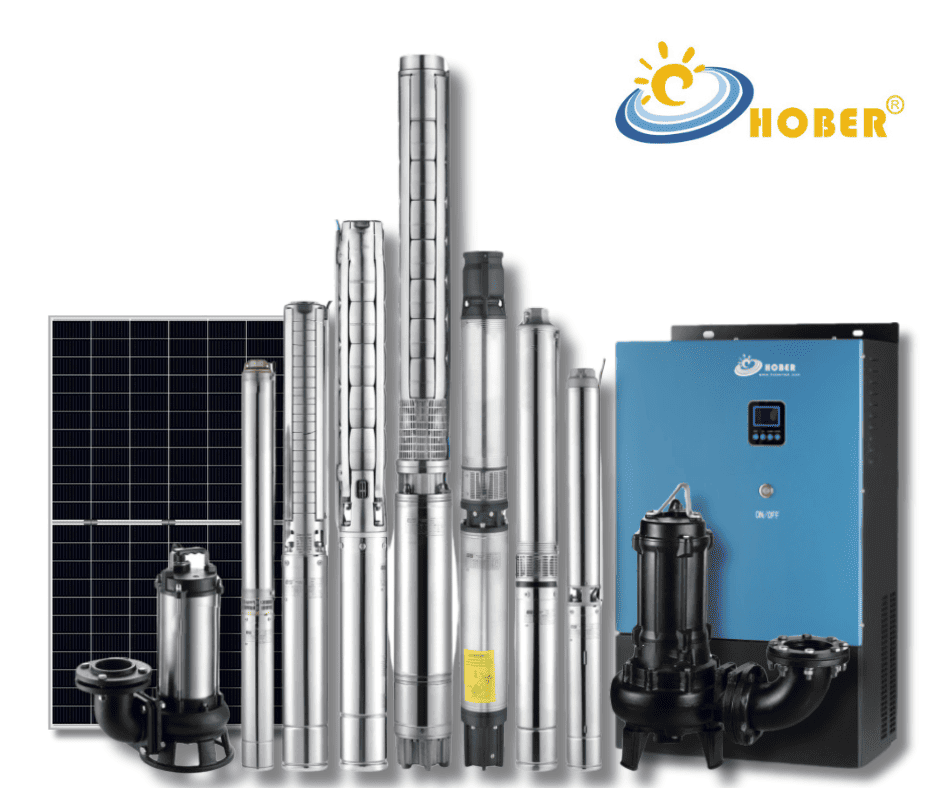Elegir la bomba de agua solar incorrecta puede arruinar su proyecto de riego. He visto errores costosos que arruinan granjas. Aquí tiene cinco verdades para guiar su proceso de selección.
Errores comunes al seleccionar bombas solares incluyen ignorar las necesidades de caudal, subestimar la dependencia de la energía solar, un diseño deficiente de las tuberías, priorizar bombas económicas y descuidar la compatibilidad del sistema. Las bombas sumergibles para aguas residuales funcionan mejor con aguas de río con sedimentos.
Analicemos estos errores con casos del mundo real para ayudarlo a tomar decisiones más inteligentes para las necesidades de su proyecto o agricultura.
Error 1: ¿Centrarse sólo en la potencia de la bomba e ignorar los requisitos de flujo reales?
Un agricultor con el que trabajé compró una bomba de 750 W, esperando que regara 12 hectáreas. Falló. ¿Por qué? Ignoró la altura del cabezal y la fricción de la tubería.
La potencia nominal de una bomba solar no garantiza el caudal. El caudal depende de la altura del cabezal, el diseño de la tubería y la entrada solar. Calcule la demanda de agua según la superficie de riego y el uso.
¿Por qué sucede esto?
Muchos asumen que una mayor potencia equivale a más agua. Pero la altura dinámica total (elevación vertical más fricción) reduce el caudal. Las tuberías largas o las elevaciones elevadas pueden dañar incluso las bombas más potentes. En una ocasión, ayudé a un cliente que calculó mal la profundidad de su pozo, lo que provocó que los cultivos se secaran a pesar de usar una bomba costosa.
Cómo evitarlo
Empieza por las necesidades de tu proyecto. Medir:
- Área de riego (por ejemplo, hectáreas)
- Volumen diario de agua
- Frecuencia de uso
Utilice calculadoras de caudal en línea o consulte con ingenieros. Por ejemplo, una finca de 10 acres podría necesitar 20 m³/hora, pero una altura de 50 metros reduce el caudal. Adapte la bomba a estas especificaciones.
| Factor | Cómo evaluar |
|---|---|
| Área de riego | Calcular en función de las necesidades de agua del cultivo. |
| Altura de la cabeza | Medir la elevación vertical + la fricción de la tubería |
| Frecuencia de uso | Estimar la demanda diaria o estacional de agua |
Este enfoque garantiza que su bomba cumpla con las demandas del mundo real, salvándole de sistemas de bajo rendimiento.
Error 2: ¿Suponer que las bombas solares funcionan eficientemente en todas las condiciones climáticas?
Vi una granja nepalí con dificultades para manejar una bomba de alta potencia. Los cielos nublados secaron sus cultivos, ya que el sistema no podía funcionar de forma constante.
Las bombas solares dependen de la luz solar. El tiempo nublado o la poca luz matutina interrumpen el suministro eléctrico, lo que reduce el rendimiento de la bomba. Consulte los datos solares locales y utilice inversores para optimizar la energía.
¿Por qué sucede esto?
Las bombas solares funcionan con paneles fotovoltaicos, que necesitan luz solar directa. En zonas con nubosidad frecuente o poca luz solar, la producción disminuye. Recuerdo un proyecto en el que el cliente no tuvo en cuenta la temporada de monzones, lo que provocó fallos en el riego.
Cómo mitigarlo
Estudie el clima local:
- Promedio de horas de luz solar (por ejemplo, 5 a 8 horas/día)
- niveles máximos de irradiancia
Combine las bombas con inversores que se ajusten a la poca luz. El sobredimensionamiento de los paneles puede ser útil. Por ejemplo, una bomba de 1 kW podría necesitar 1,2 kW de paneles en zonas nubladas para mantener el caudal.
| Factor | Acción |
|---|---|
| Horas de luz solar | Consultar datos meteorológicos históricos |
| Irradiancia máxima | Utilice mapas solares para su región |
| Optimización del inversor | Seleccione modelos con rendimiento en condiciones de poca luz |
La planificación según la variabilidad climática garantiza que su bomba funcione todo el año, incluso en condiciones difíciles.
Error 3: ¿Ignorar el impacto del diseño de la tubería en el rendimiento de la bomba?
Un cliente se quejó una vez de un bajo caudal de agua. ¿El problema? Unas tuberías de succión mal diseñadas causaban cavitación y dañaban la bomba.
El diseño de las tuberías afecta la eficiencia de las bombas. Las líneas de succión deficientes causan resistencia, entrada de aire o cavitación, lo que reduce el caudal y daña el equipo. Optimice siempre la disposición de las tuberías.
¿Por qué sucede esto?
Las tuberías no son simples tubos; afectan la dinámica del flujo. Las curvas, las tuberías estrechas o las fugas de aire aumentan la resistencia o causan cavitación, donde las burbujas de aire colapsan y dañan los impulsores. He visto proyectos fracasar porque los instaladores usaron tuberías baratas y de tamaño insuficiente.
Cómo solucionarlo
Diseñe las tuberías con cuidado:
- Utilice líneas de succión rectas y anchas
- Evite curvas cerradas o codos excesivos.
- Sella las tuberías para evitar fugas de aire
Para una bomba de 1 kW, una tubería de 2 pulgadas podría ser suficiente, pero los tramos largos requieren diámetros mayores. Un diseño adecuado aumenta la eficiencia y prolonga la vida útil de la bomba.
| Problema del oleoducto | Solución |
|---|---|
| Alta fricción | Utilice tubos más anchos y minimice la longitud. |
| Cavitación | Asegúrese de que la profundidad de succión sea adecuada y evite fugas de aire. |
| Curvas cerradas | Utilice curvas suaves y menos codos. |
Un buen diseño de tuberías es tan importante como la bomba misma para un suministro confiable de agua.
Error 4: ¿Creer que las bombas más baratas ofrecen una mayor relación coste-eficacia?
Asesoré un proyecto sobre bombas económicas usadas. En cuestión de meses, la arena y la corrosión las dañaron, duplicando los costos de reparación.
Las bombas baratas suelen usar materiales de baja calidad, lo que provoca corrosión o fallos en condiciones adversas. Invertir en bombas duraderas ahorra dinero a largo plazo.
¿Por qué sucede esto?
Las bombas de bajo costo escatiman en materiales, como acero inoxidable de baja calidad o sellos deficientes. En aguas con sedimentos o ácidas, fallan rápidamente. He visto a agricultores reemplazar bombas baratas anualmente, lo que elimina el ahorro inicial.
Cómo elegir sabiamente
Evaluar:
- Calidad del agua (pH, niveles de sedimentos)
- Condiciones ambientales (por ejemplo, calor, polvo)
- Reputación y garantías del fabricante
Para aguas de río con residuos, las bombas sumergibles para aguas residuales gestionan mejor los sedimentos. Las bombas de calidad tienen un mayor coste inicial, pero duran más.
| Consideración | Por qué es importante |
|---|---|
| Calidad del agua | Los sedimentos o la acidez pueden corroer las bombas baratas. |
| Ambiente | El calor o el polvo pueden degradar los motores de baja calidad. |
| Fabricante | Las marcas confiables ofrecen mejor soporte y longevidad. |
Invertir en calidad evita tiempos de inactividad y reemplazos costosos.
Error 5: ¿Ignorar la compatibilidad general del sistema y comprar bombas por separado?
Un cliente compró una bomba trifásica, pero la conectó con un inversor de tamaño insuficiente. El sistema presentaba problemas, desperdiciando energía y agua.
Los sistemas de bombeo solar requieren componentes compatibles: paneles, inversores y motores. Las piezas no compatibles causan ineficiencia o fallos. Diseñe siempre el sistema de forma integral.
¿Por qué sucede esto?
Las bombas no funcionan solas. Los paneles suministran energía, los inversores la controlan y los motores impulsan la bomba. Las piezas incompatibles, como un inversor demasiado débil para el arranque, reducen el rendimiento. He visto proyectos estancados porque los distribuidores vendieron bombas sin asesoramiento sobre el sistema.
Cómo garantizar la compatibilidad
Controlar:
- La capacidad del panel coincide con las necesidades de potencia de la bomba
- El inversor maneja la corriente de arranque
- El tipo de motor (CA/CC) se alinea con el sistema
Para una bomba de 1,5 kW, podría necesitar un inversor de 2 kW y paneles de 1,8 kW. La planificación a nivel de sistema evita pérdidas de energía.
| Componente | Consejo de coincidencia |
|---|---|
| Paneles fotovoltaicos | Tamaño 30–80% por encima de las necesidades de potencia de la bomba |
| Inversor | Debe manejar la corriente máxima de arranque |
| Motor | Coincida el tipo de bomba (CA/CC) con el inversor |
Un sistema adaptado garantiza eficiencia y longevidad.
Conclusión
Evite estos cinco errores (ignorar el caudal, el clima, las tuberías, las bombas baratas y la incompatibilidad del sistema) para obtener una bomba de agua solar confiable. Las bombas sumergibles para aguas residuales son excelentes para proyectos de agua de río.



